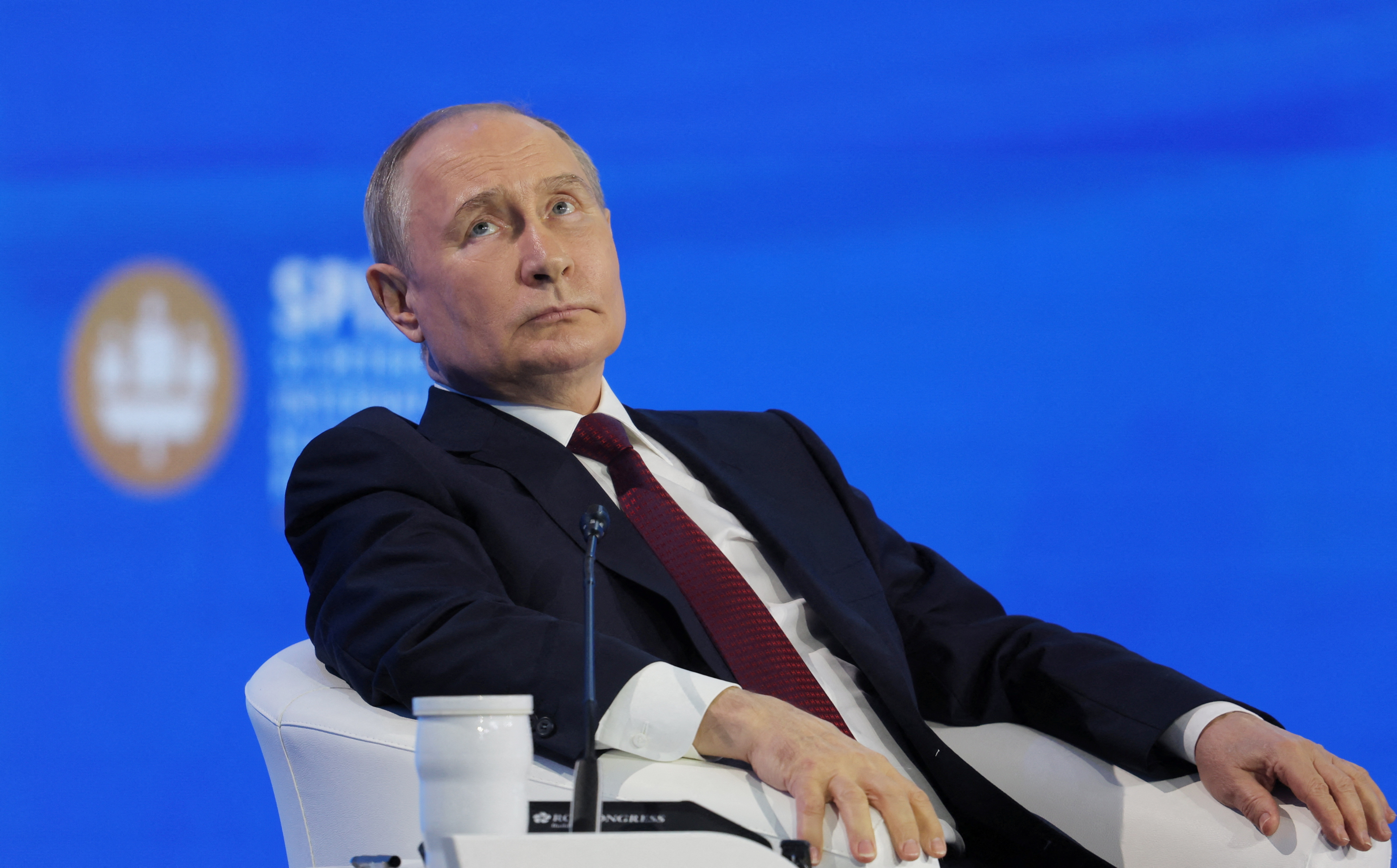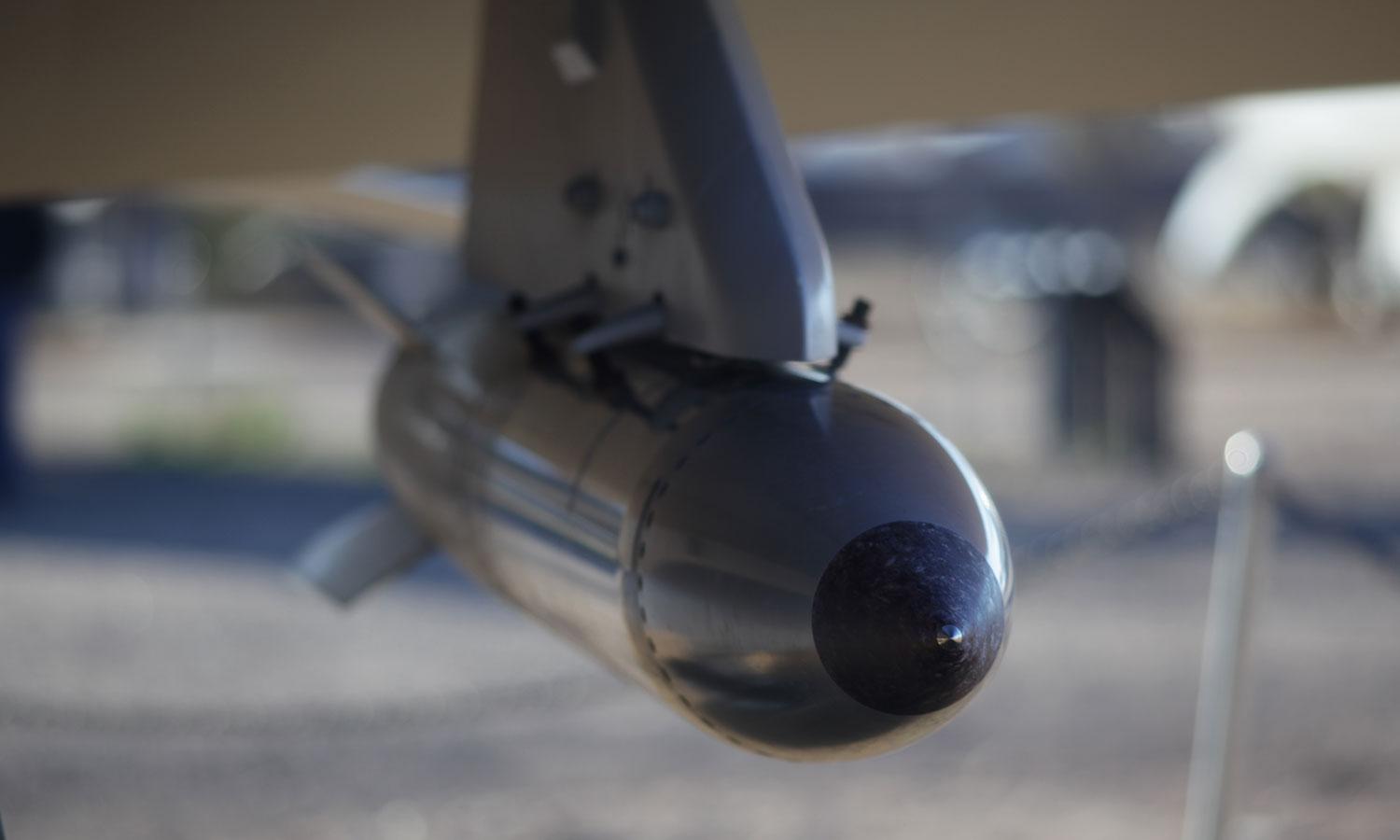Story by Przemysław Juraszek • 1d •

The Russians bombed a school in Sudża.© Telegram, landforcesofukraine
Russians do not change their tactics of destroying cities, even if they are on their own territory. Guided FAB bombs are falling on Sudzha in the Kursk region, just like on Ukrainian cities. We explain what this weapon is.
As admitted by Ukrainians, Russians are bombing their own territory like any other, exemplified by the attack using a FAB glide bomb with UMPK modules on a kindergarten in Sudzha and numerous private homes.
The city, which had a population of about 5,000 people before the Kursk operation, has dwindled to about 200 residents. According to the Unian agency, Ukrainian soldiers are assisting. "They are destroying their own. Even though Sudzha is located in the rear, Russians are wiping it off the face of the earth: they are dropping guided bombs, shelling with artillery, and using kamikaze drones. On Friday, 30 August, a Russian bomb attacked the local kindergarten, and enemy planes struck homes in the private sector in Sudzha," reported the Ukrainian Armed Forces' Ground Forces on Telegram.
Russian guided bombs
Russian tactics for occupying territory in Ukraine and attempting to defend their own areas rely largely on aviation using guided FAB bombs with UMPK (Unified Planning and Correction Module) modules. They are highly effective because no field fortification can withstand their impact.
This forces Ukrainians to conduct a kind of mobile defence or stay under the umbrella provided by medium-range anti-air defence systems such as Patriot or SAMP/T, of which they have too few.
However, Russian tactics mean that every city they fight for quickly becomes a heap of ruins. It doesn't matter whether it's cities in Ukraine or in Russia itself, as seen in the case of Sudzha and other locations in the Kursk region.
FAB aerial bombs — simple but deadly weapons
In 2023, Russians began intensively using FAB aerial bombs with UMPK modules, which brought them many successes. The biggest was capturing Avdiivka with their help.
The FAB bombs with UMPK modules are a Russian copy of the American JDAM-ER glide bombs. They allow for the attack of targets more than 40 kilometres away from the drop point. This means that Russian planes can safely attack Ukrainian targets while staying out of range of numerous short-range air defence systems.
The UMPK modules contain foldable wings, a guidance section based on inertial and satellite navigation, and control surfaces. They are then mounted onto regular aerial bombs, creating precision weapons. Although Russian solutions are less precise than Western ones, they compensate for this drawback with greater destructive power.
Even if a bomb is missed by several dozen metres, the destructive effect of a bomb weighing 500 kg, 1,500 kg, or 3,200 kg is sufficient to destroy the target. The FAB-3000 variants containing just over 1,500 kg of TNT are particularly devastating, as the shock wave has an effective range of several hundred feet.







